Results
-
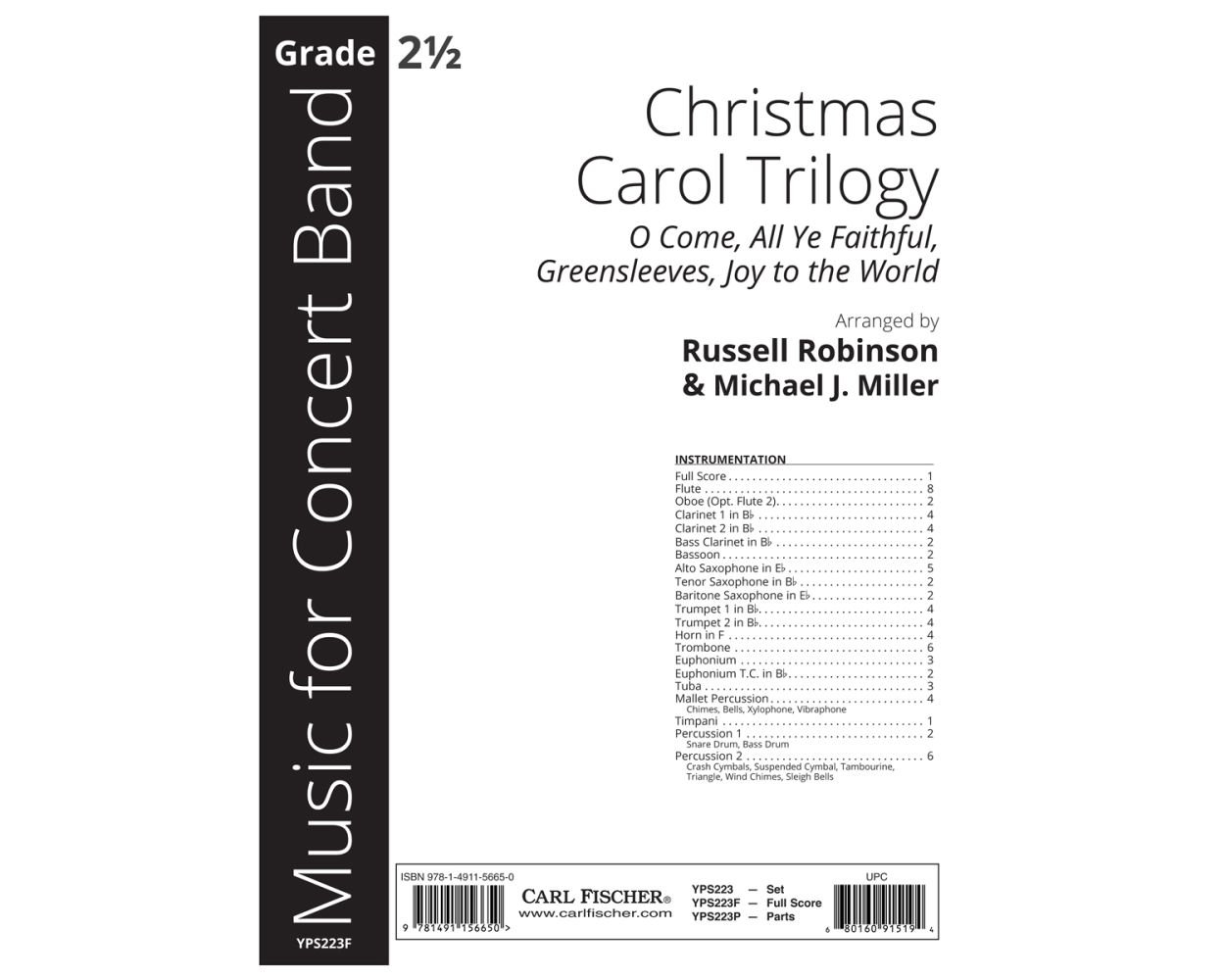 £53.00
£53.00Christmas Carol Trilogy - Traditional Christmas Songs
Christmas Carol Trilogy includes the three beloved favorites, "O Come All Ye Faithful," "Greensleeves," and "Joy to the World." This band arrangement can be played alongside Robinson's vocal arrangements of the same name but is also wonderful as a stand-alone piece. Perfect for your seasonal concert needs, all who listen will be embraced by the warmth and joy of the holiday season.
Estimated dispatch 12-14 working days
-
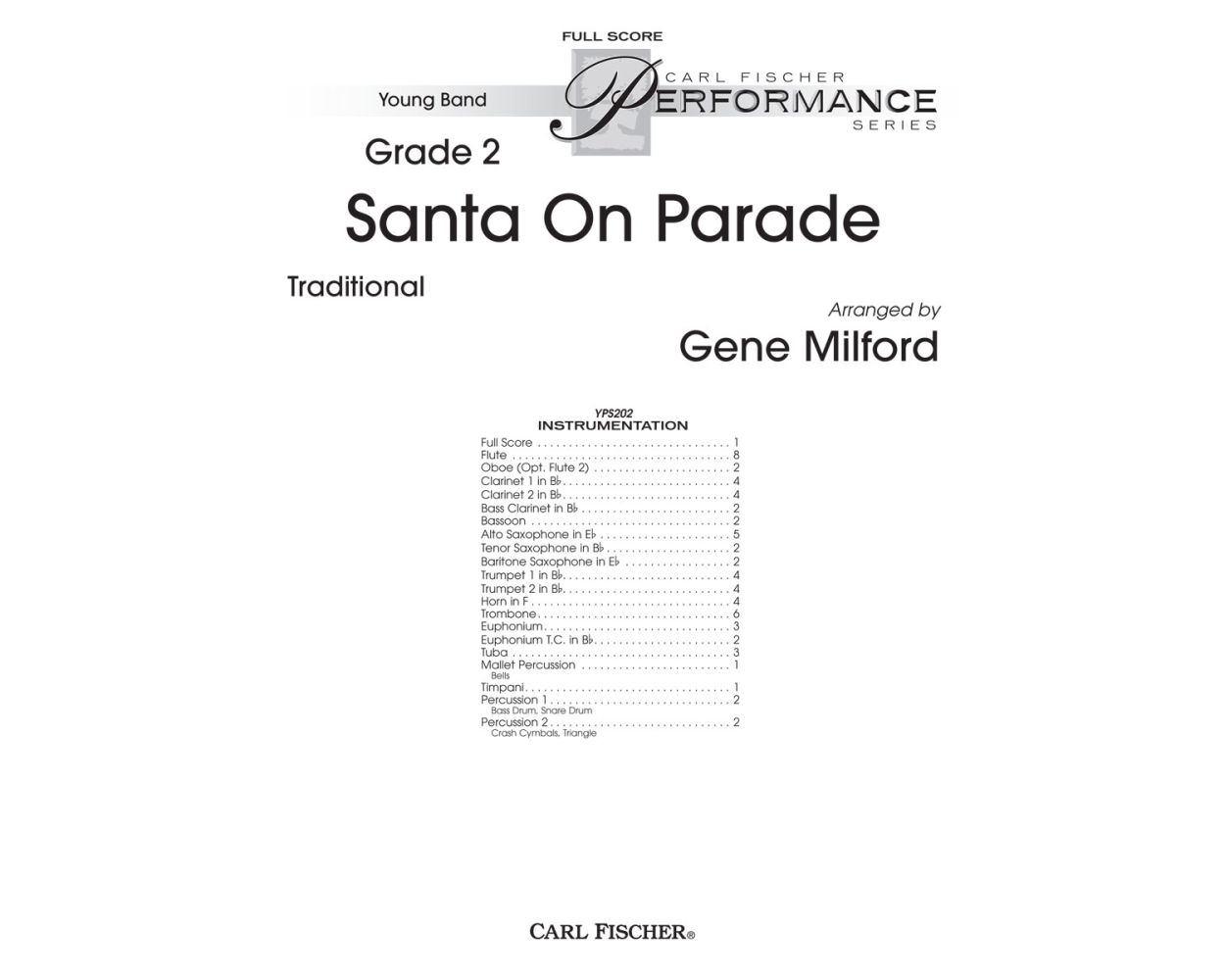 £53.00
£53.00Santa On Parade - Traditional German Carol(s)
Everyone loves a parade, including Old Saint Nick, whether it is at the North Pole or marching down Main Street. Santa On Paradeincludes three traditional Christmas songs in march style (Jolly Old St. Nicholas,Good King WenceslasandO, Christmas Tree) and briefquotations from four famous marches (High School Cadets,TheThunderer,National Emblem,andStars and Stripes Forever). This crowd favorite is an excellent choice for any holiday concert!
Estimated dispatch 12-14 working days
-
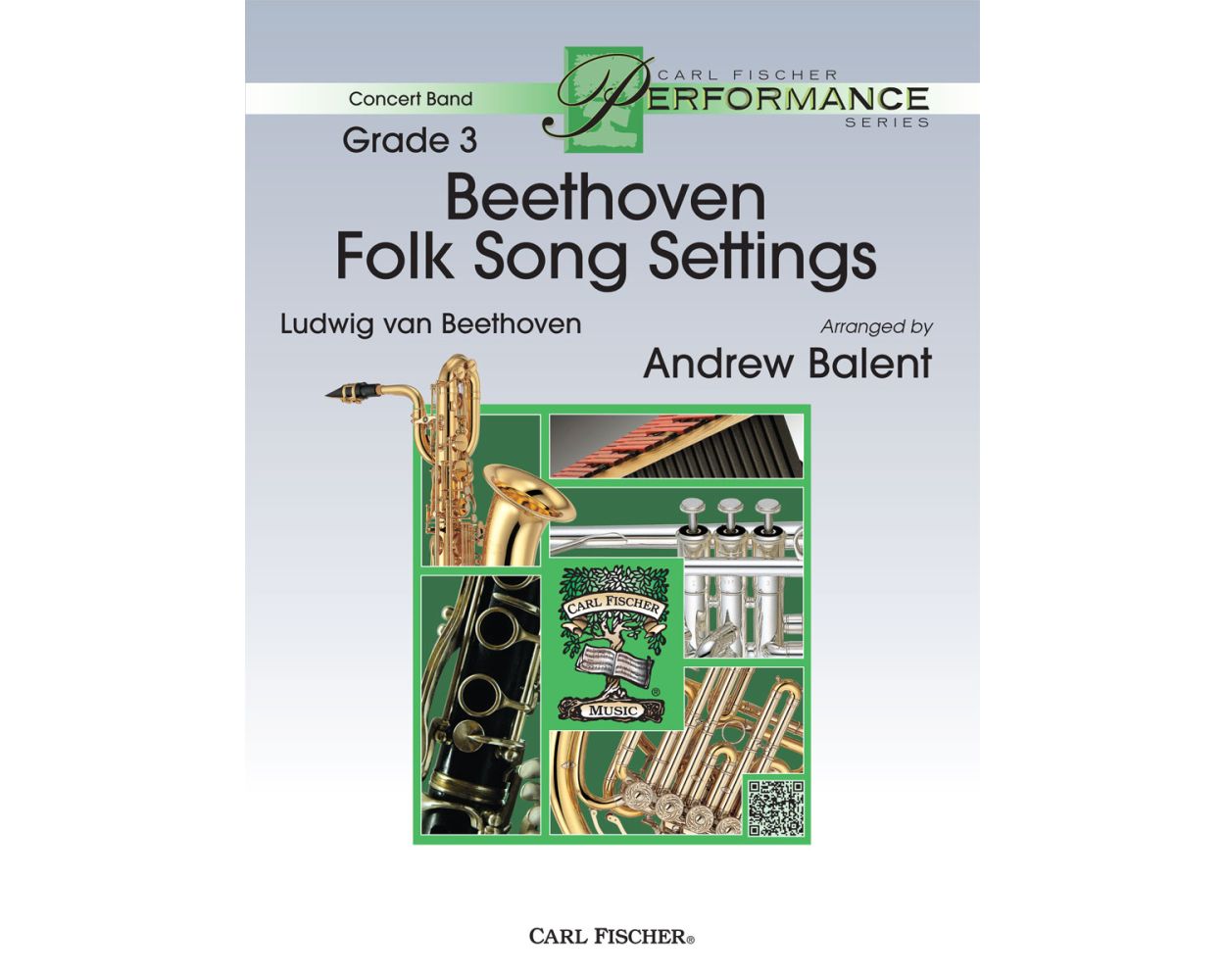 £71.00
£71.00Beethoven Folk Song Settings - Ludwig van Beethoven
Originally arranged for voice and piano, Andrew Balent has arranged these British folk songs into a fascinating and delightful work for band. This three section piece is a colorful rhapsody and engages performers and audiences alike. The piece livens up a program exceptionally well, and is a perfect addition to any concert or contest program.
Estimated dispatch 12-14 working days
-
 £53.00
£53.00Tum Balalaika - Russian Folk Song
Tum Balalaikais attributed to a number of Eastern European countries, but is best known as a Russian Jewish folk/love/"riddle" song. Loosely translated, "tum" means "noise," and the Balalaika is a Russian stringed instrument with a characteristic triangular, hollow, wooden body and three strings, closely related to the domra and mandolin. Carl Strommen's wonderful setting will help any group sound their best.
Estimated dispatch 12-14 working days
-
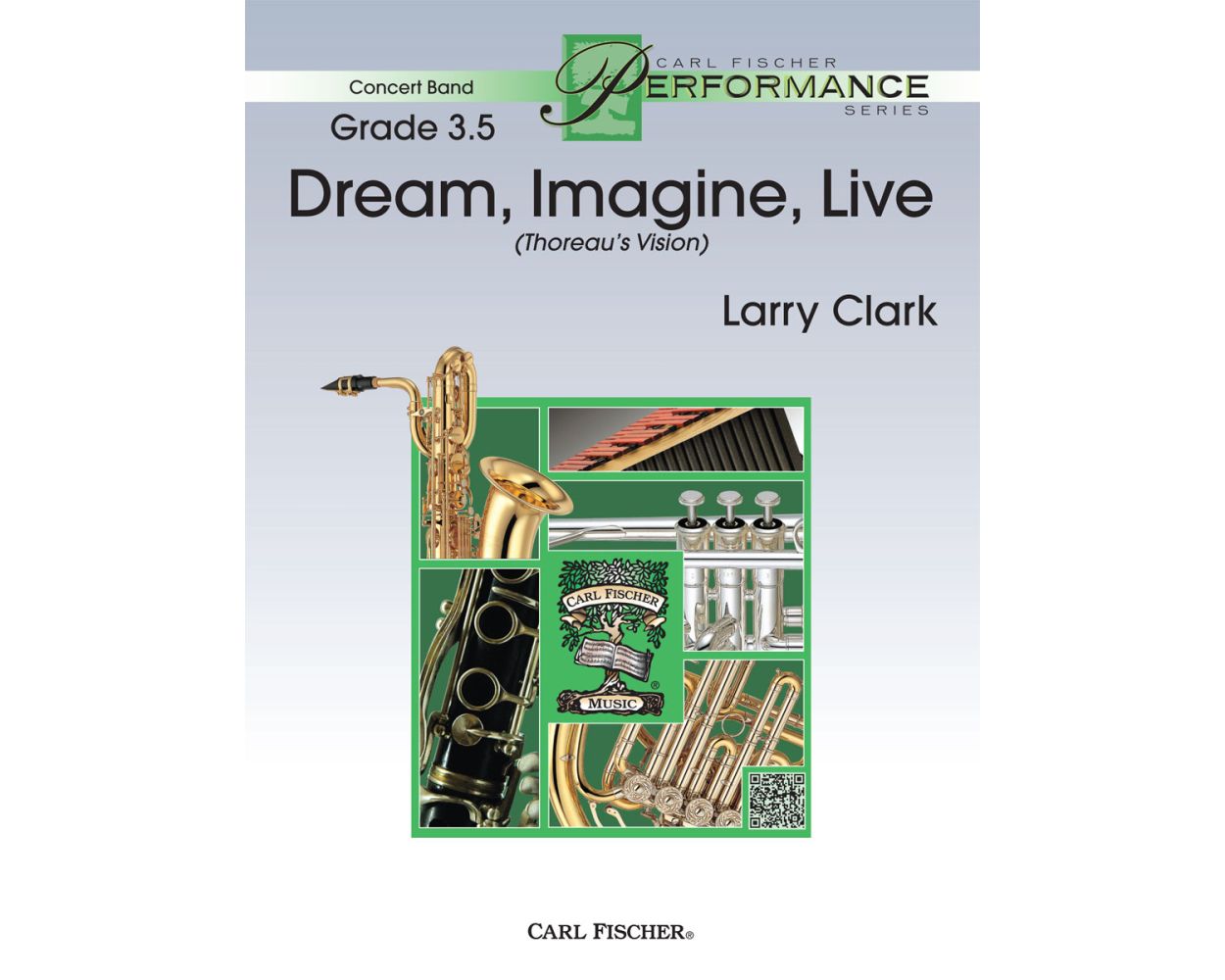 £71.00
£71.00"Dream, Imagine, Live"
The inspiration for this piece comes from one of Henry David Thoreau's most famous quotes - "Go confidently in the direction of your dreams! Live the life you've imagined." It was Thoreau's vision that we contemplate a simpler life and be deep thinkers about what we want our lives to be. The piece is divided into three distinct sections based on the same three-note motive. The first section is intense and bold, the second is introspective and lyrical and the third is dance-like, almost reminiscent of a Celtic folk song, in lilting in 6/8. This perfect contest or festival selection will highlight your band's strengths.
Estimated dispatch 12-14 working days
-
 £71.00
£71.00A Land Remembered
A Land Remembered is based on the novel of the same name by Patrick D. Smith, which tells the story of pioneering families in the early days of Florida. The piece is set in three continuous movements, each depicting elements of the story, from the open fanfare, "A New Life in a New Land" to the beautiful "On the Prairie" and the strident final movement, "Hardships on the Rugged Frontier." This piece will demonstrate the skill and musicality of your concert-level band.
Estimated dispatch 12-14 working days
-
 £56.00
£56.00Echoes Of Ireland - James Swearingen
This grand setting of three beloved Irish folk tunes (The Wearing of the Green, Cockles and Mussels and The Minstrel Boy) makes a wonderful study in contrasts, in the distinctive Swearingen style. Alternately lively and warmly romantic, it fully utilizes the colorful potential of the modern concert band and will be ideal for use in festival performances. Duration: 4'
Estimated dispatch 12-14 working days
-
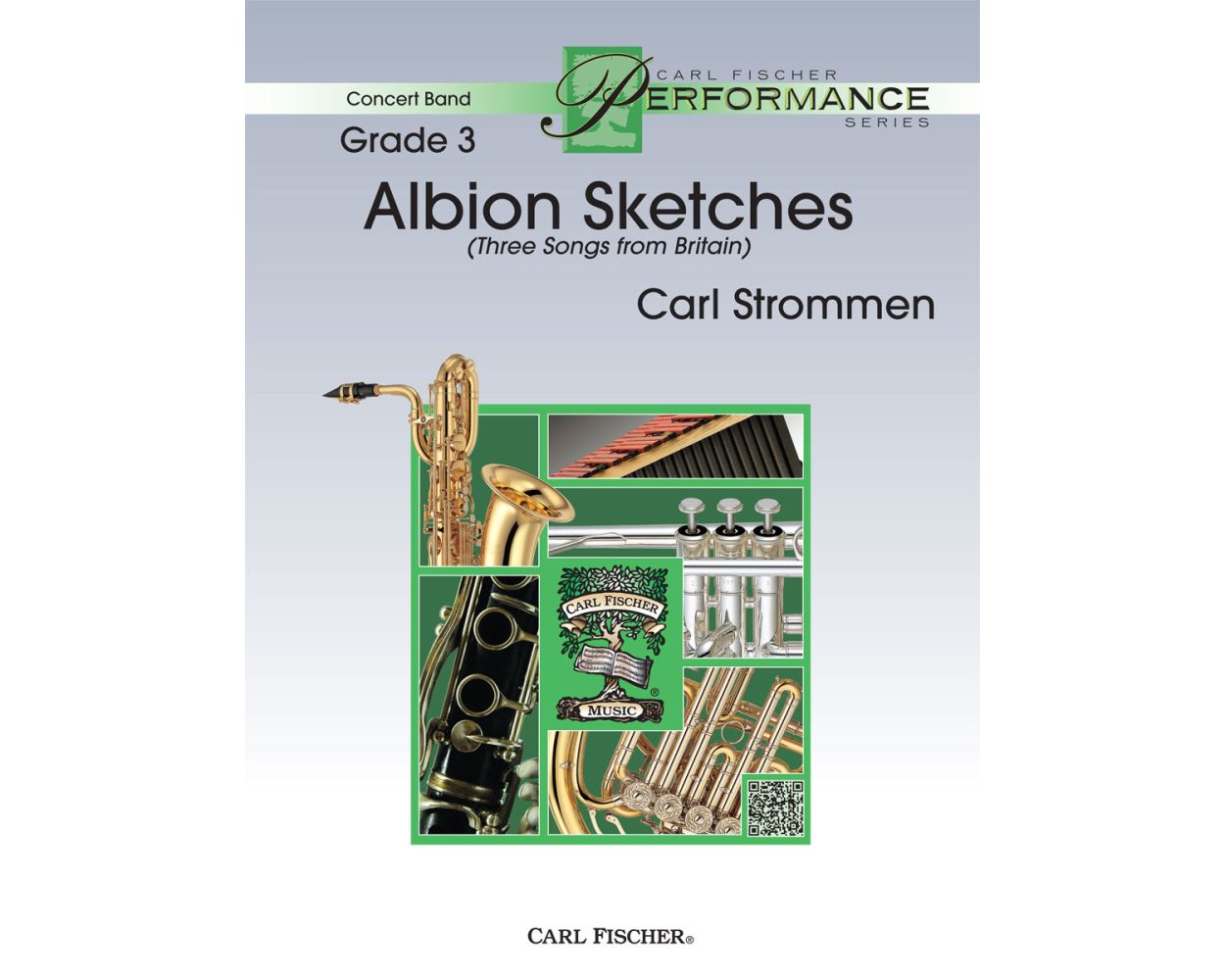 £71.00
£71.00Albion Sketches
Three British folks songs are given the Carl Strommen treatment in this contest style rhapsody. Carl's lush scoring, interesting harmonic twists and flowing melodic lines are all present in a piece that will highlight the strengths of your ensemble. The variety in this setting will make it an audience favorite.
Estimated dispatch 12-14 working days
-
 £45.00
£45.00The Triumphant Trumpeteers
Triumphant Trumpeteers is, as the title indicates, a trumpet section feature. It may be performed by the entire trumpet section or with three trumpet soloists. The character of the music is that of a regal, march-like processional.
Estimated dispatch 12-14 working days
-
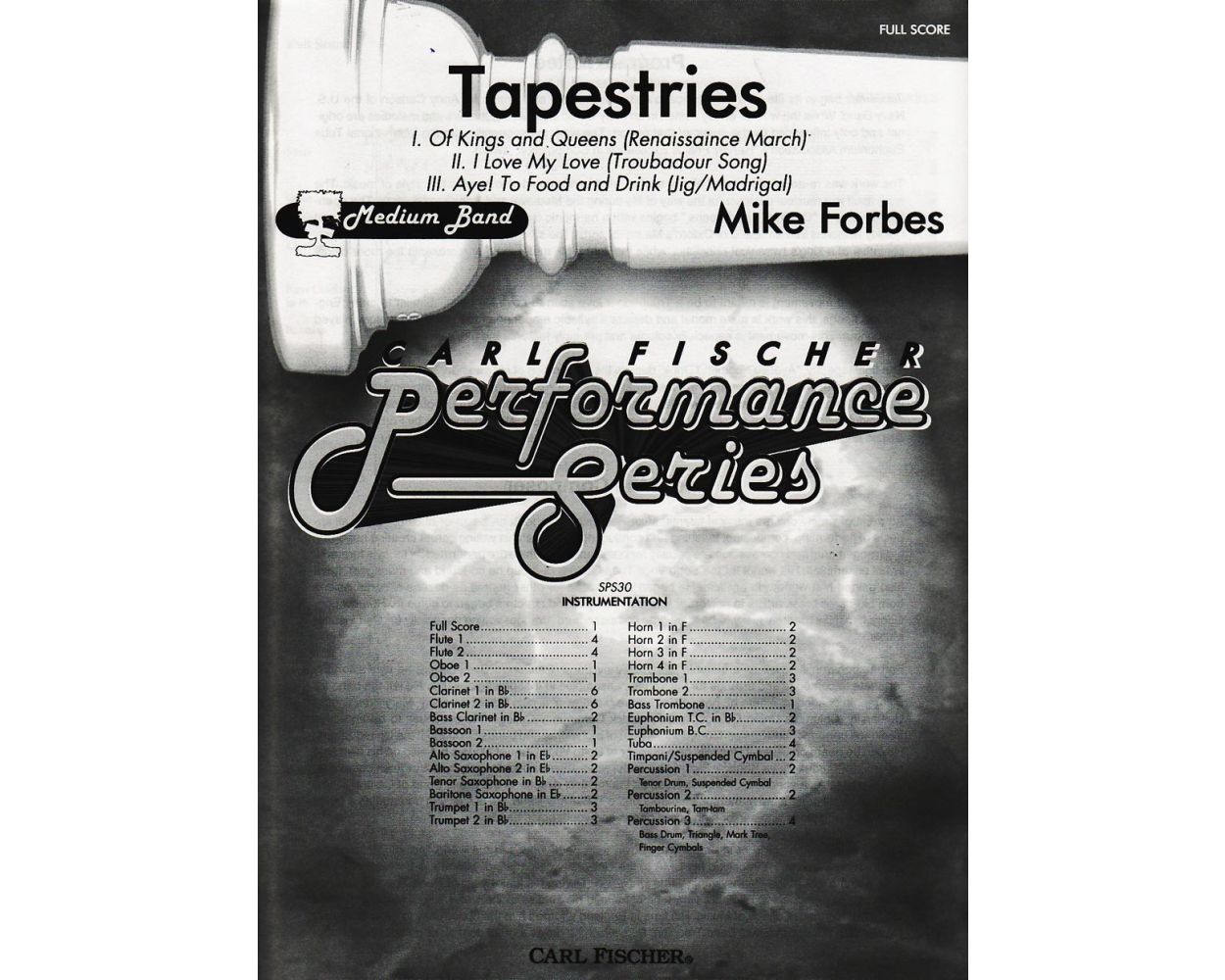 £61.00
£61.00Tapestries - Mike Forbes
Using the musical styles and forms of the Medieval and Renaissance periods, Mike Forbes has written a striking and powerful three movement suite that is a major addition to serious band literature. The music is entirely original, but the style and approach is similar to such pieces as the Courtly Dances from Gloriana by Benjamin Britten, and makes effective use of the coloristic possibilities of the modern concert band.
Estimated dispatch 12-14 working days
